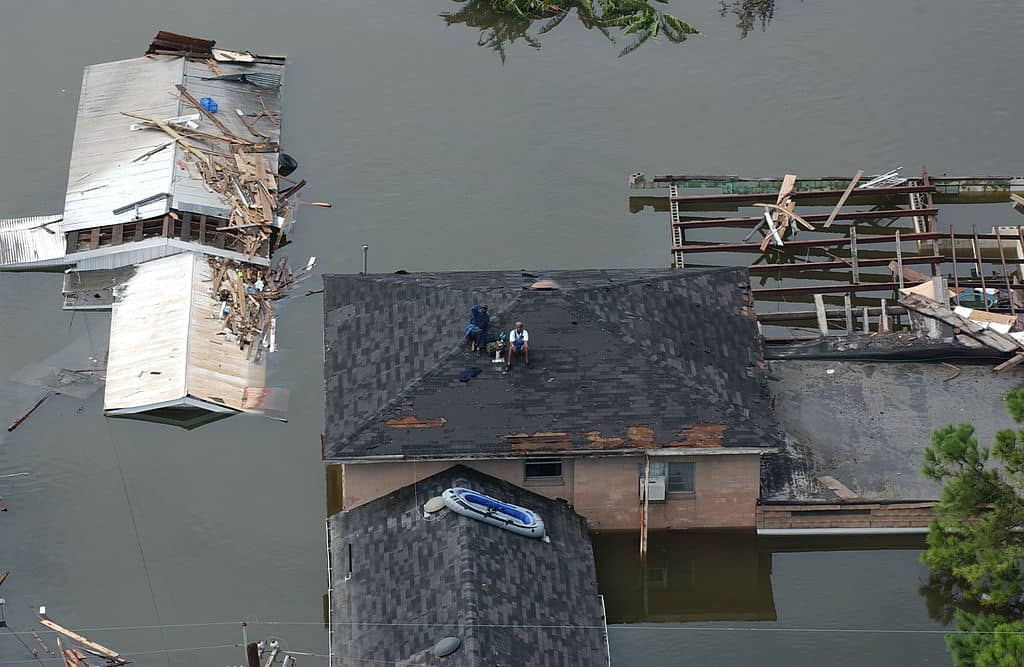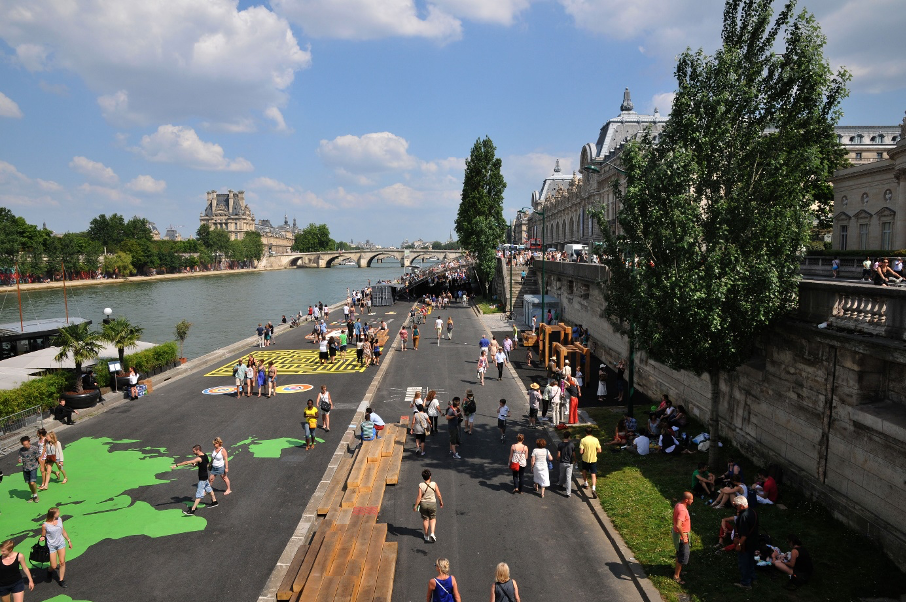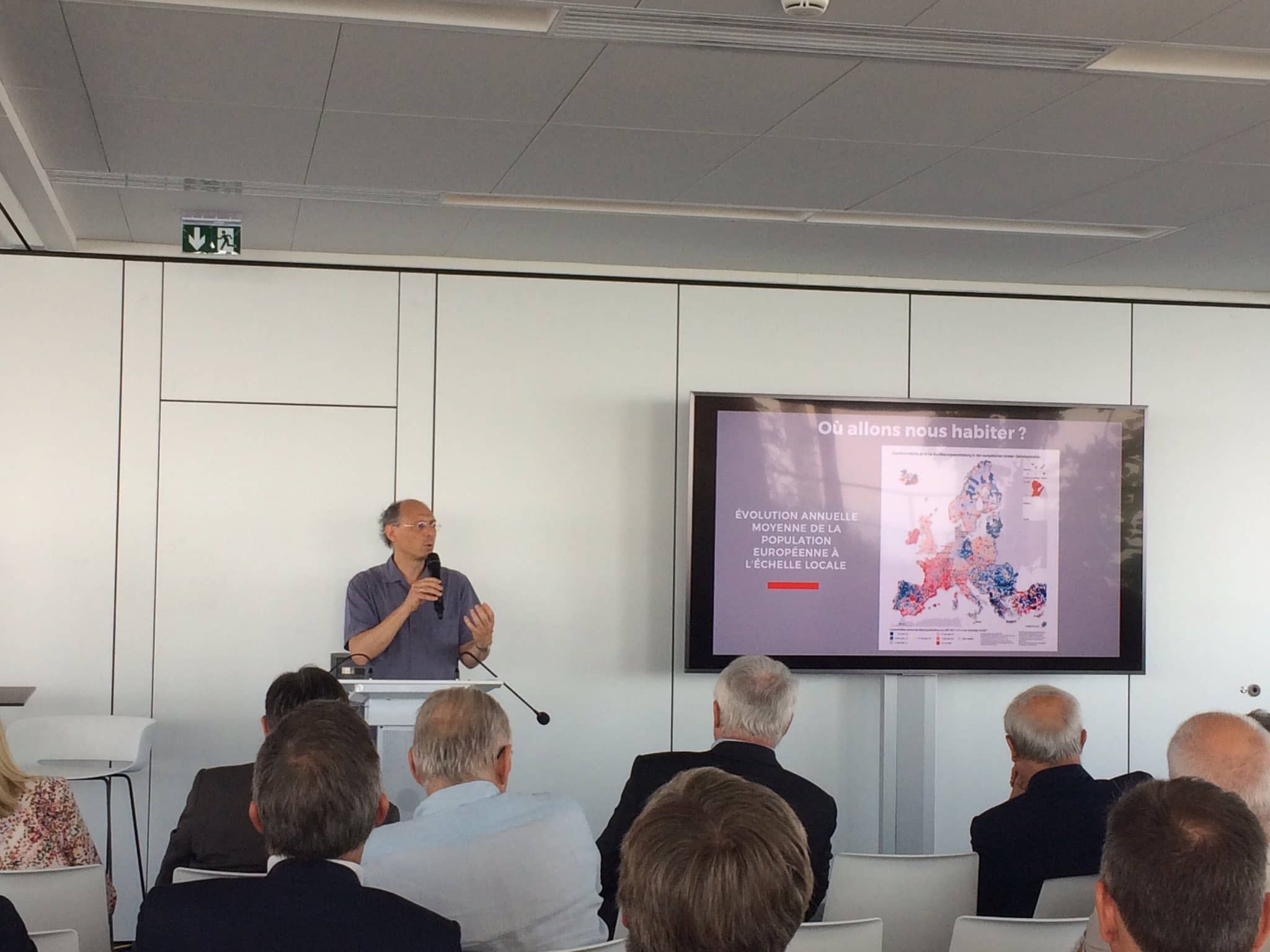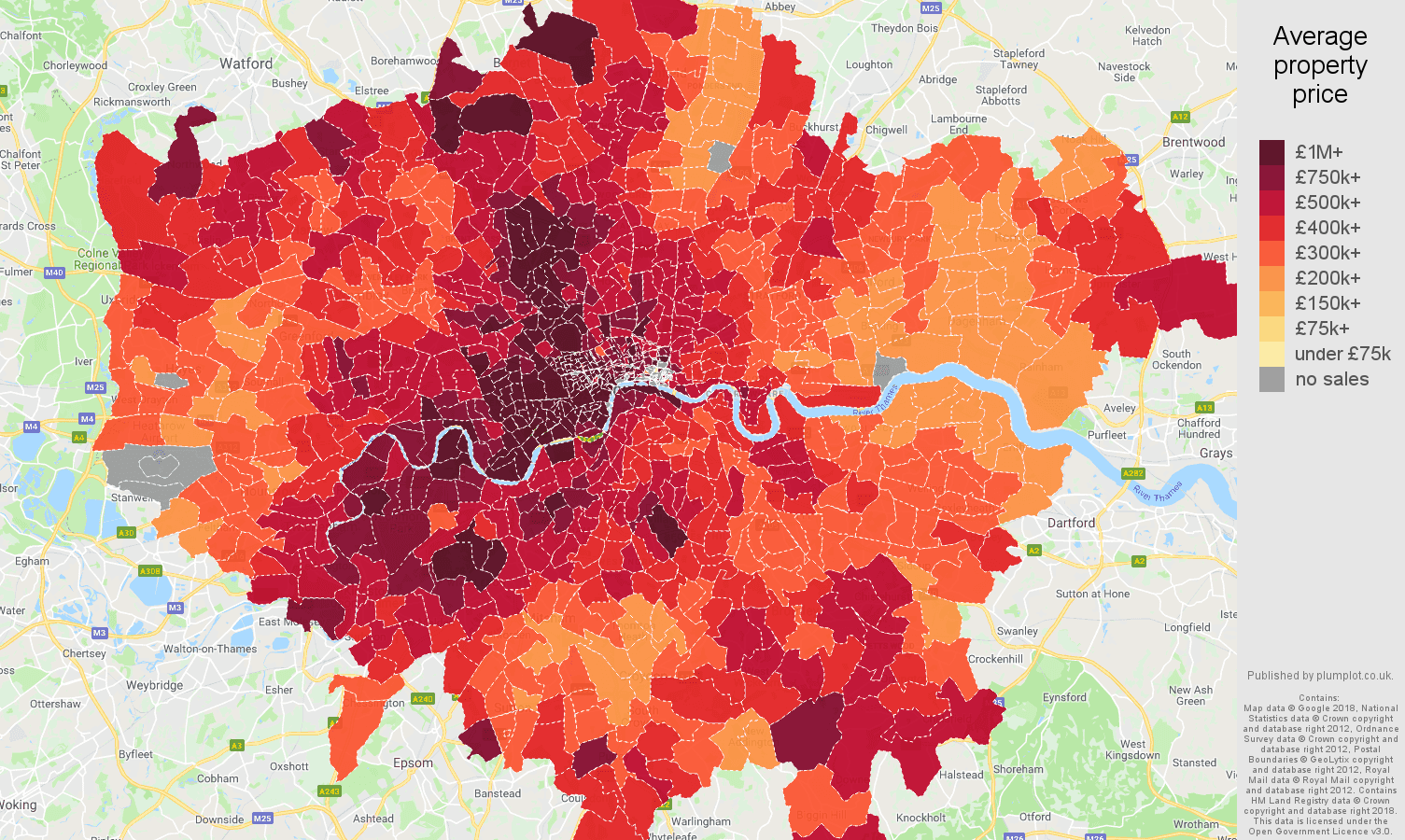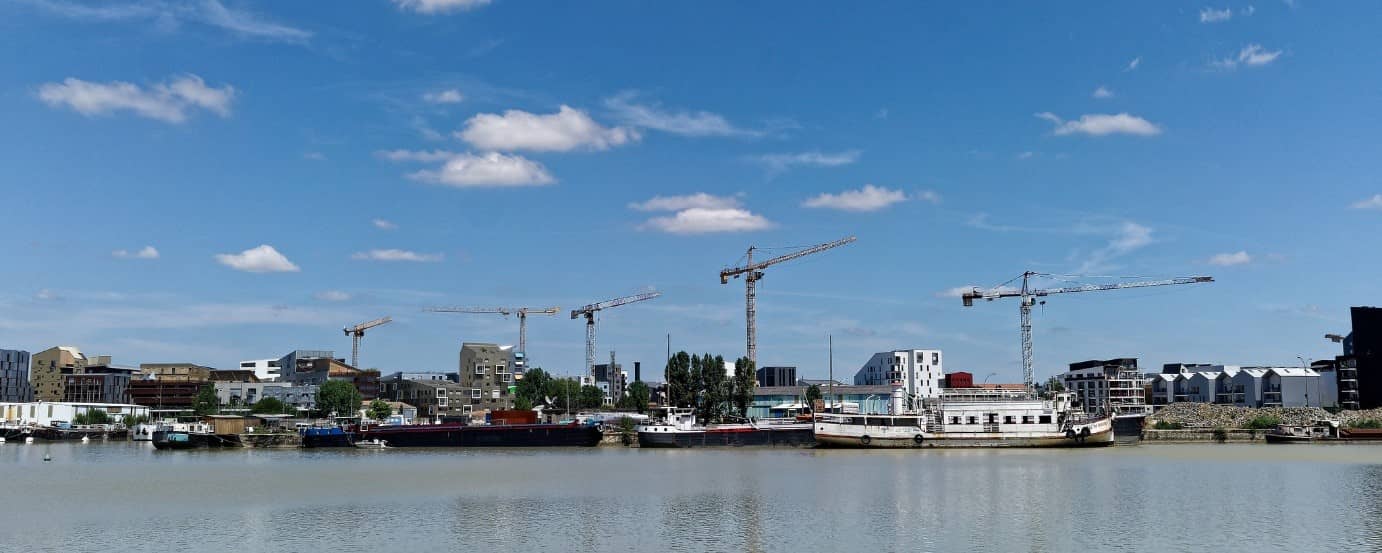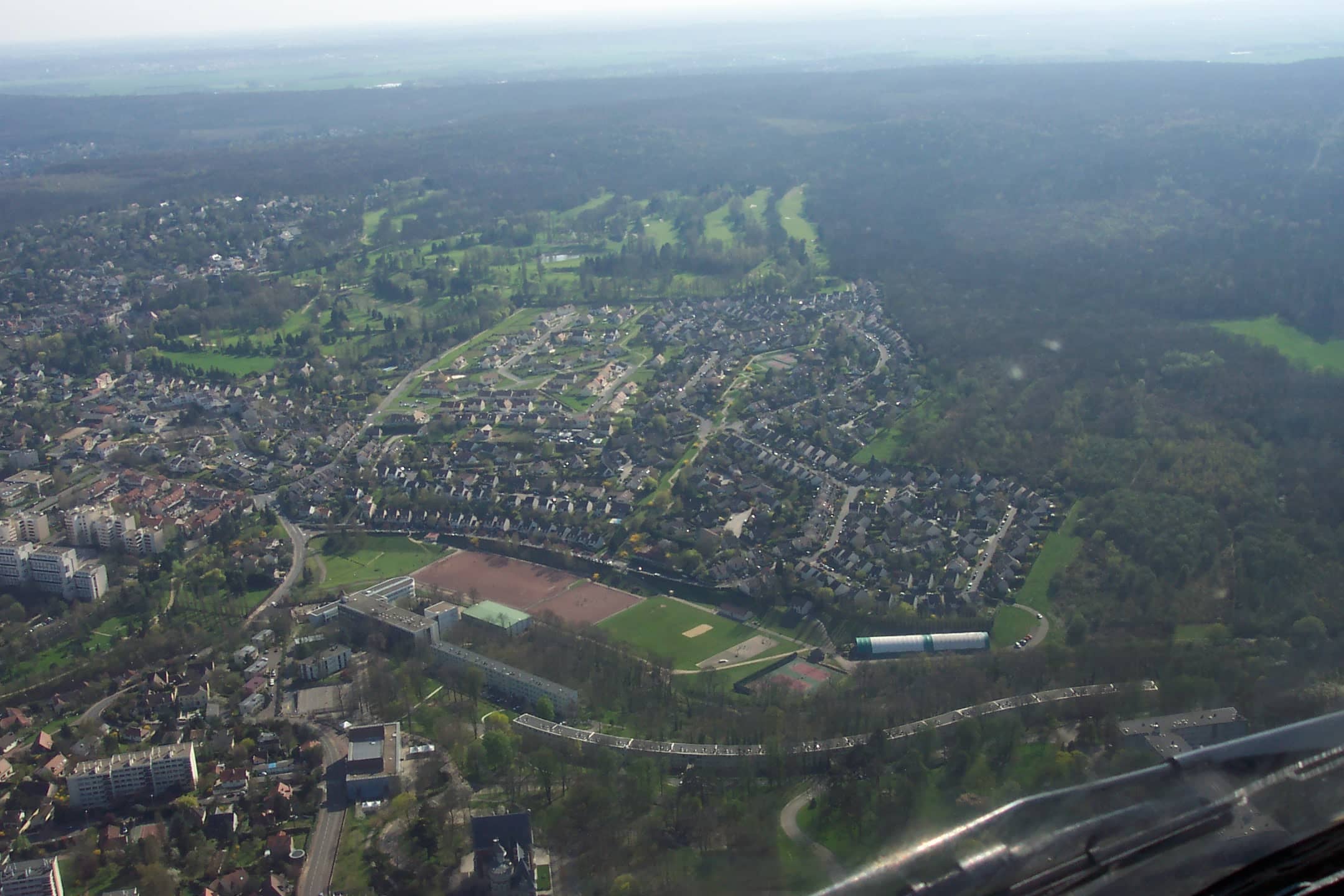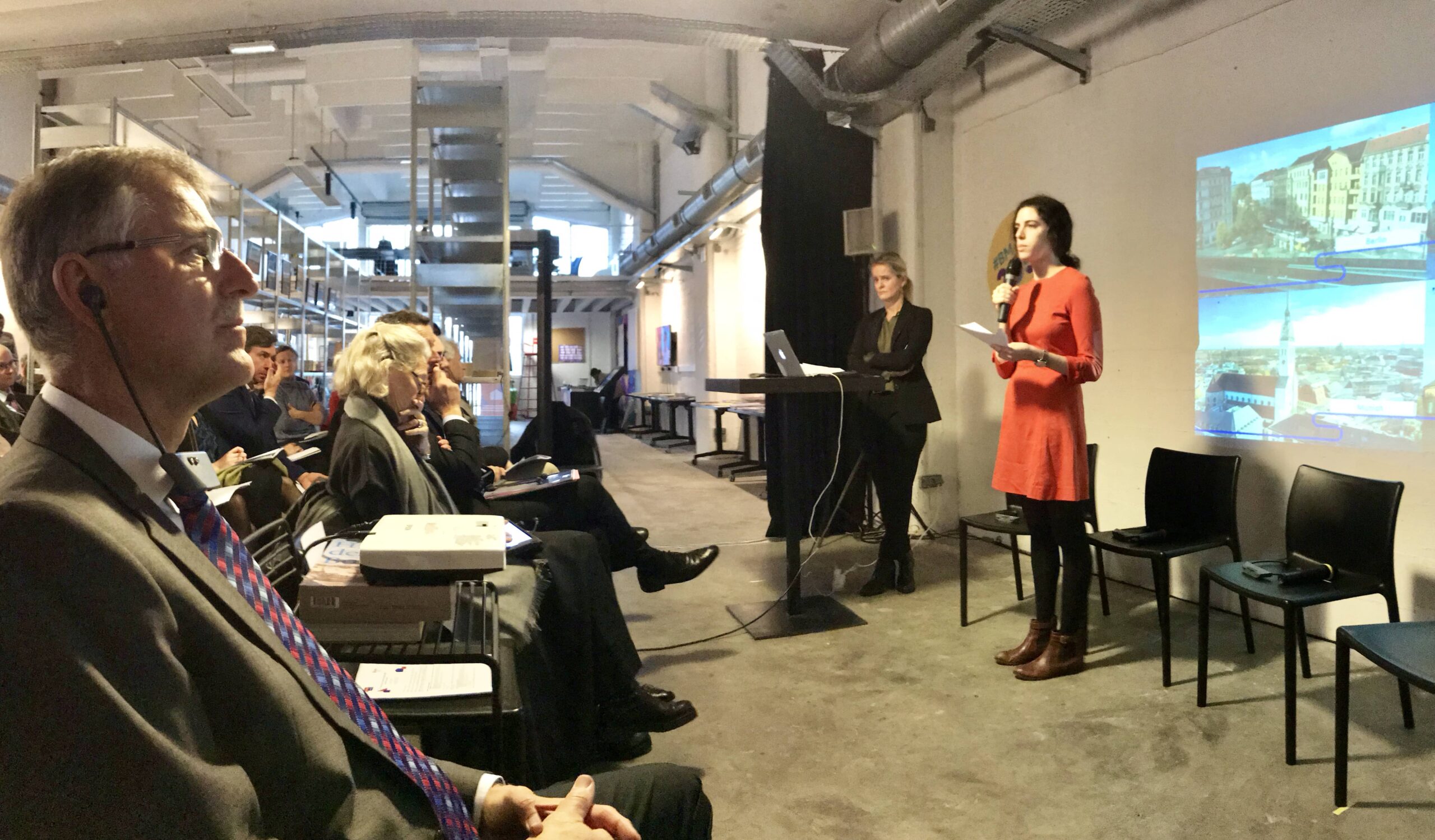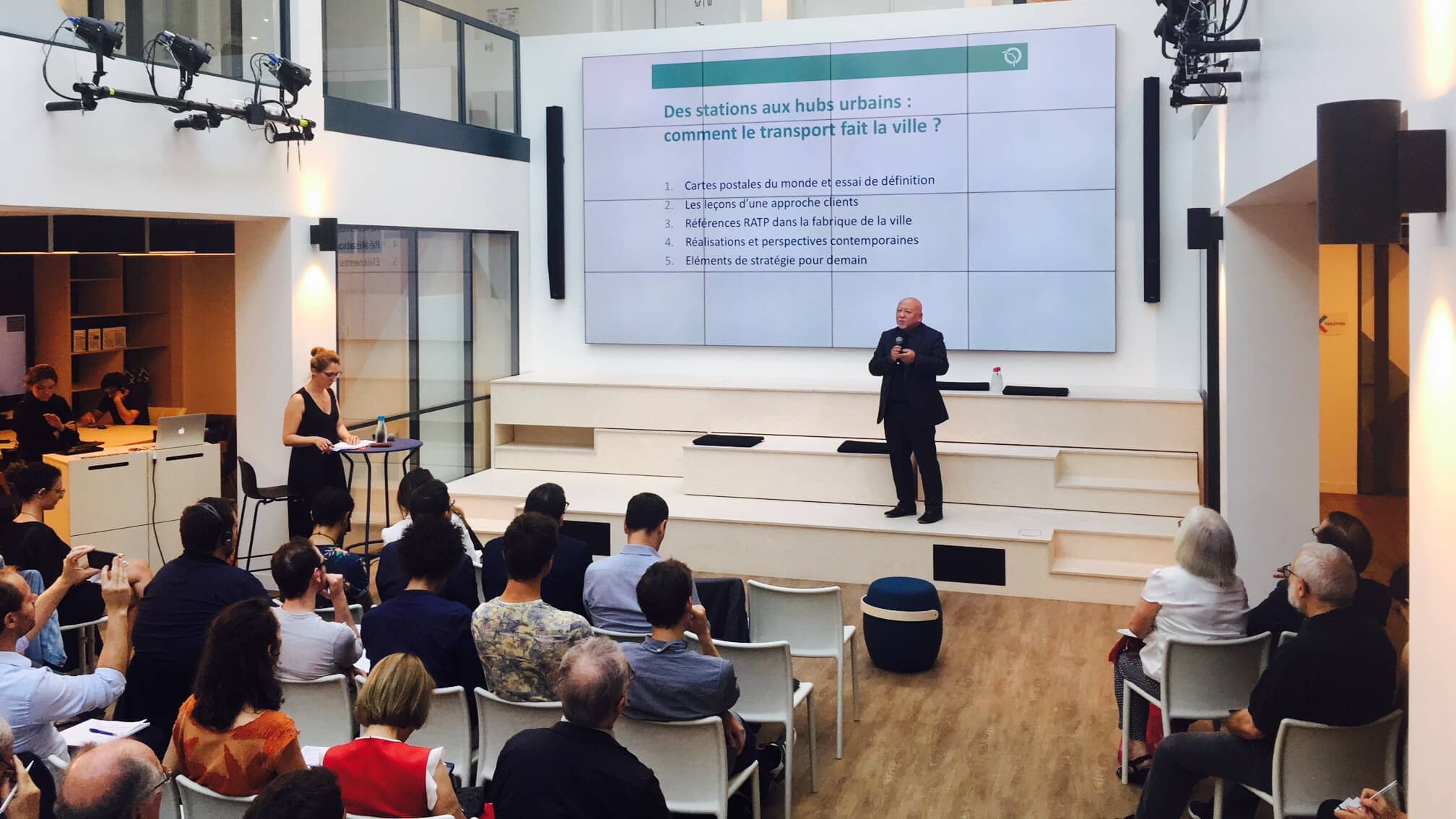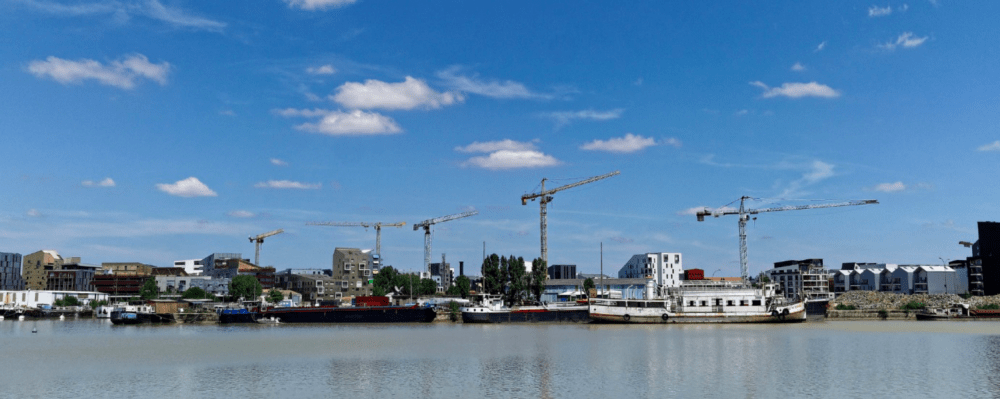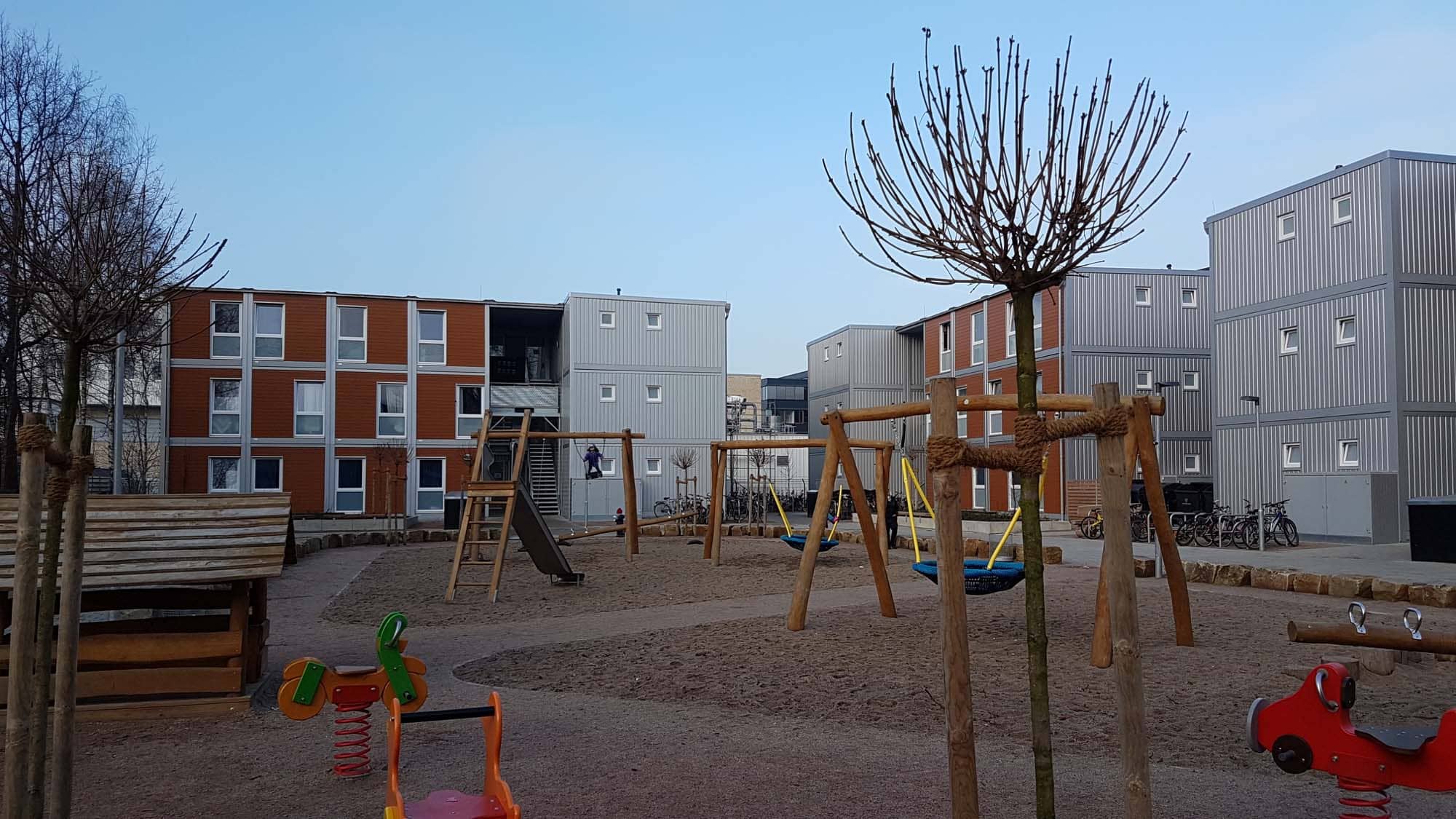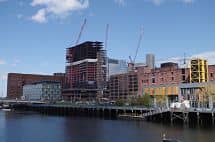

A beautiful villa at the water’s edge…
“You can cross the garden and access the turquoise waters of the Mediterranean, where you can enjoy the exceptional surroundings and breathtaking sea views…”: Sotheby’s International Realty’s promise shows that waterfront villas remain a safe bet when it comes to real estate. In France, waterfront property prices increased by 11.8% on the Atlantic coast between 2017 and 2019 and by 12% on the French Riviera. Among the reasons for this rise, the craze for this type of property, of course, which corresponds to a certain ideal of quality of life, but also the ban on urbanization along a 100-meter strip from the upper limit of the shoreline, as provided by French law. It is well-known that what is rare is also expensive.
But here lies the paradox: if the coastline is protected, it is because of its fragility and the risk of accelerated erosion posed by urbanization . Erosion is a familiar and predictable phenomenon: in France, between 5,000 and 50,000 dwellings will potentially be affected in 2100 by the retreat of the coastline. In addition, more than 850 municipalities and 1.4 million inhabitants are at risk of marine submersion. In China, by 2100, 630 million people could be affected. In the United States, projections by the National Oceanic and Atmospheric Administration (NOAA) predict that coastal communities will experience high-tide flooding as many as 270 days a year by 2050. These two hazards, erosion and marine submersion, are aggravated by the rise in sea level linked to climate change, which is estimated at +3.2 mm/year on average since the 1990s. They therefore directly threaten professional activities, transport infrastructure, networks, public facilities, natural areas, and housing… including waterfront villas that trade for a high price and will literally find themselves in the water.
While the real estate market does not reflect the reality of waterfront properties’ exposure to risk, it is essentially due to two facts: on the one hand, the peril remains too distant, on the scale of a human lifetime, to curb speculation; on the other hand, since the Middle Ages, strategies adopted to deal with risk have focused on the protection and construction of structures such as dikes or breakwaters.
However, this protection-based approach, while still effective and necessary, is insufficient today: in 2100, sea levels will have risen by a minimum of 43 cm (if carbon neutrality is achieved) to a maximum of 110 cm. Pessimistic scenarios predict a rise of 3m by 2200. Can we continue to settle for ever higher dikes… and can we even finance them? Let’s reverse the perspective and return to the definition of risk: for there to be risk, there has to be a hazard (erosion and sea level rise) and an issue exposed to the hazard (people and property). Without an issue, there is no risk. Thus posed, the problem calls for other solutions, such as the depollution and renaturation of parts of the coastline (think of Dr. Kong-Jian Yu’s “sponge city” concept) and the relocation of certain dwellings and activities). The challenge raised by these responses is also considerable because it directly raises the question of the funding model for these particularly costly adaptations (land acquisition, compensation of owners, demolition and relocation of networks, etc.) and the sharing of these costs.
What this example shows is, on the one hand, that awareness of risks, hazards, and consequences is not sufficient to trigger a move to action, which we know is necessary. It also shows the difficulty of adopting an approach based on long-term anticipation rather than a direct reaction to the hazard, on a case-by-case basis. Finally, it shows the difficulty of designing an alternative development model for our coastlines, as the one in use today is so profitable. Resilience is often engaged in situations of high uncertainty. Here, it is so in a context of certainty: the first challenge to be taken up is that of public debate on loss and acceptable associated costs, as says Michiel Helsen, glaciologist and lecturer in climate change: “In the long run, we may not be able to save the west of the Netherlands. It seems sensible to me for society to discuss which parts of the Netherlands we’re prepared to defend, and at what cost.”
These other publications may also be of interest to you:

Is resilience useful?

Long live urban density!
The ideal culprit
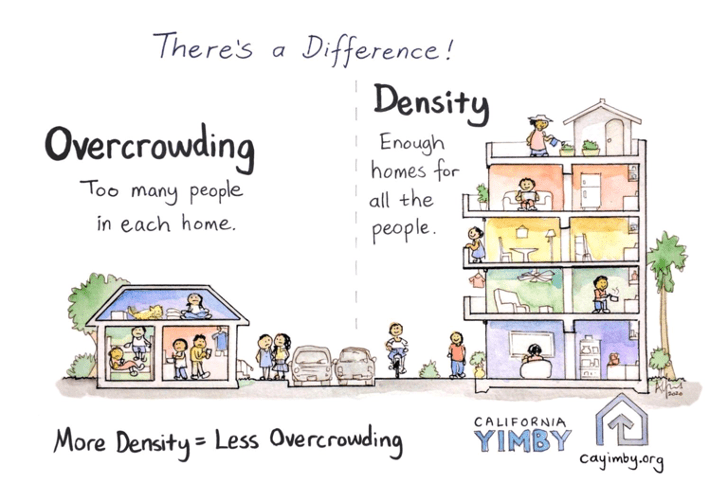
Behind the words: density

Behind the words: Affordable housing
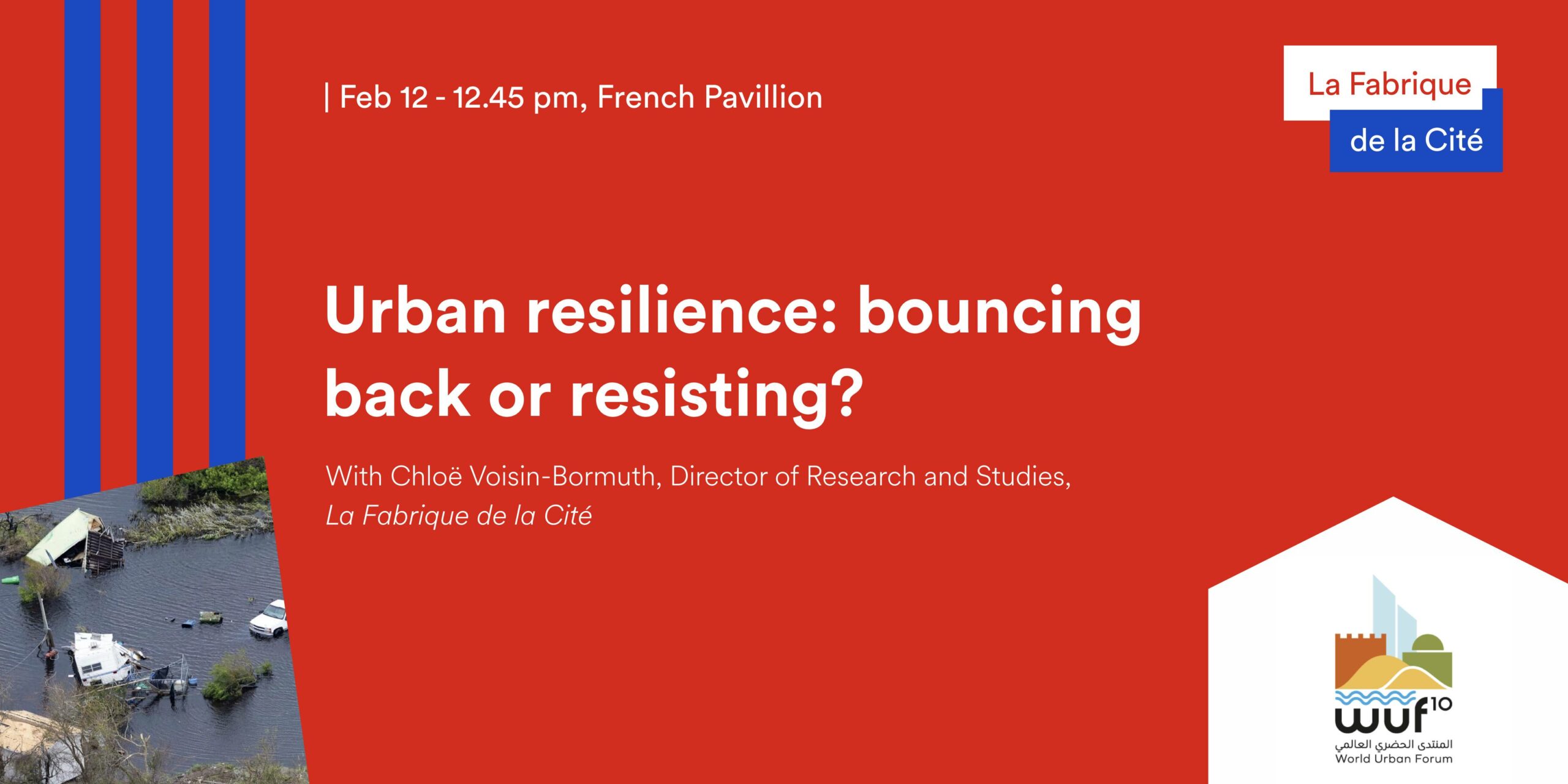
Resilience: an operational concept?

German metropolises and the affordable housing crisis

Pittsburgh: From industrial city to innovation hub

Resilience, a critical stake for cities
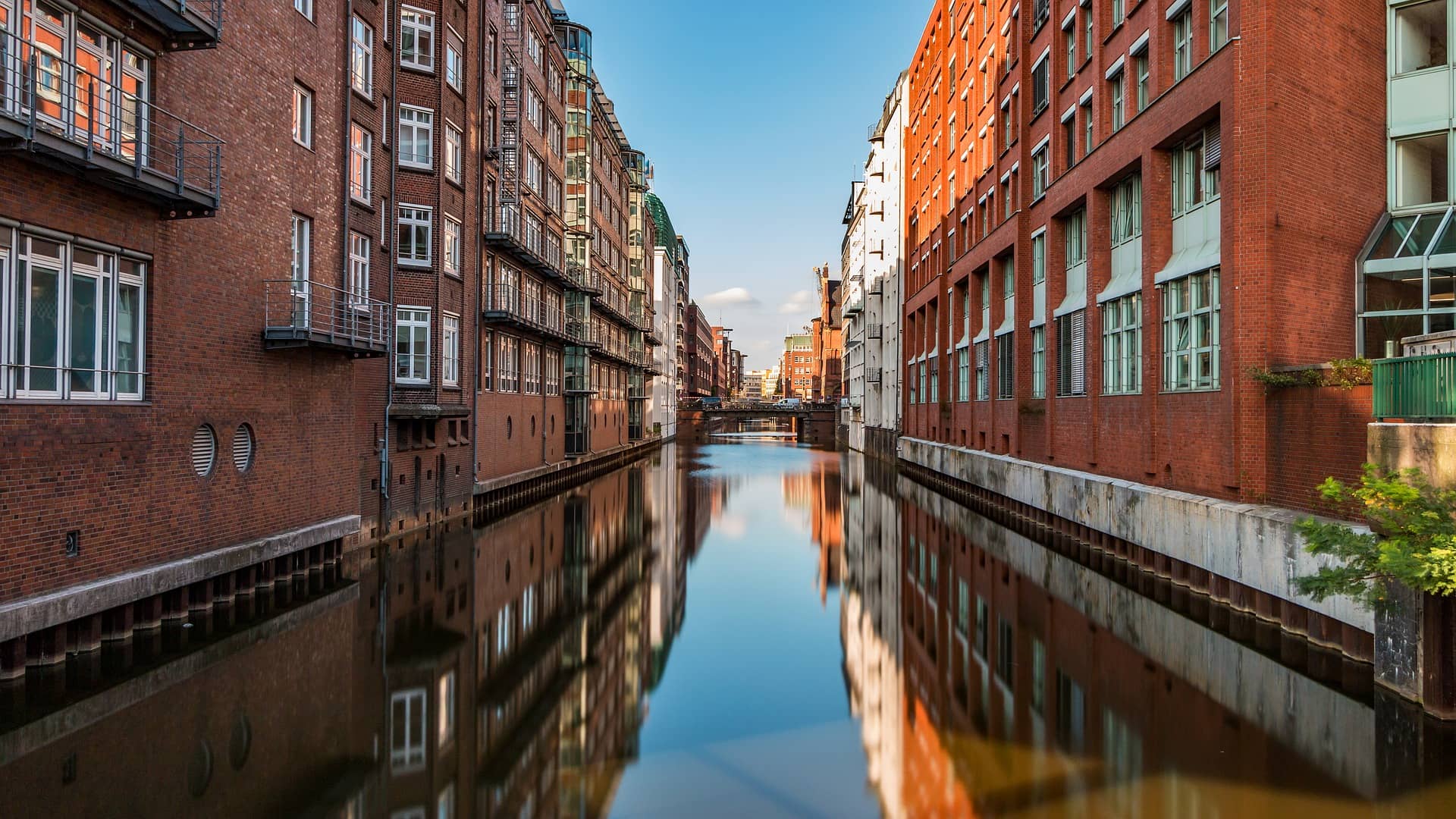
Hamburg
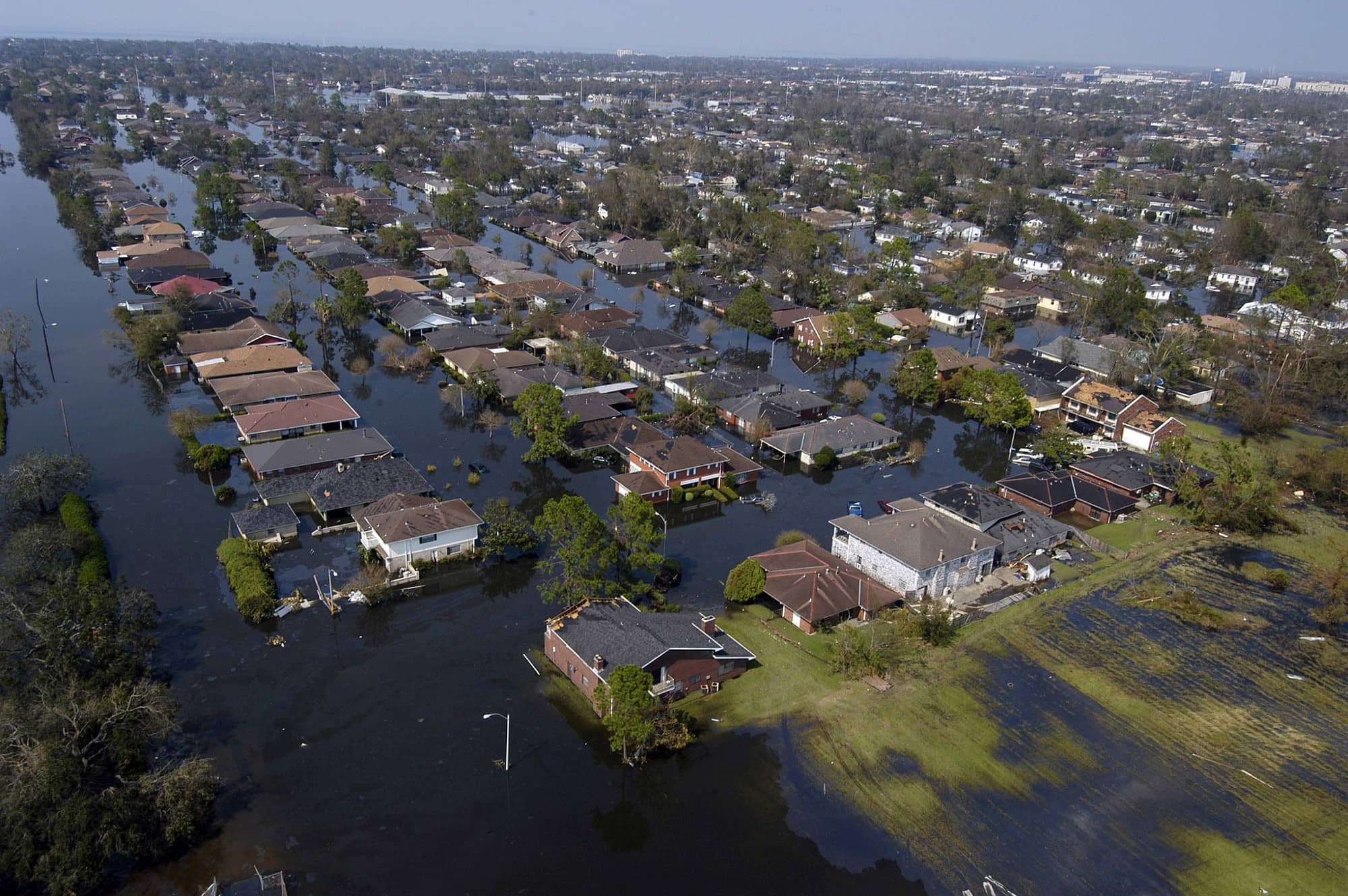
Urban Resilience
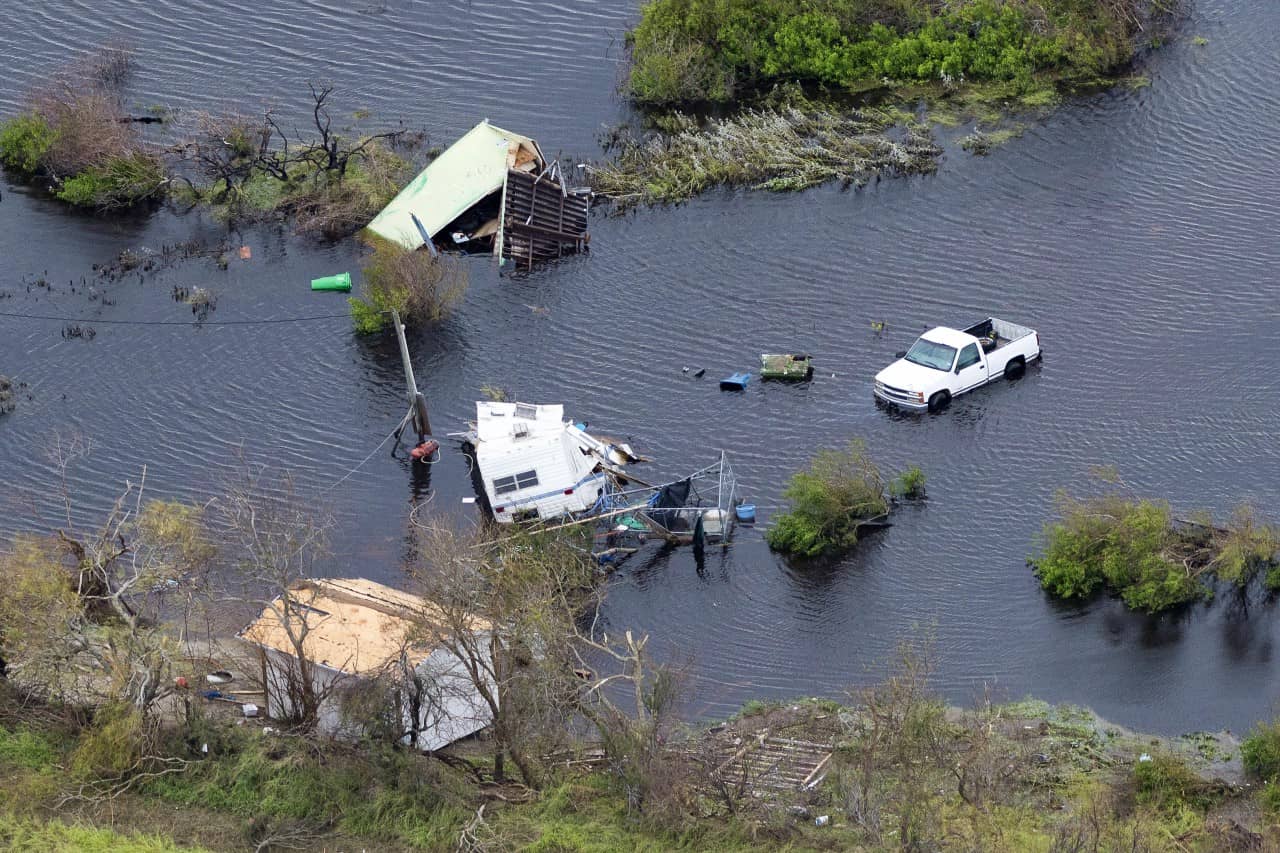
The 5th element

Boston Focus
La Fabrique de la Cité
La Fabrique de la Cité is a think tank dedicated to urban foresight, created by the VINCI group, its sponsor, in 2010. La Fabrique de la Cité acts as a forum where urban stakeholders, whether French or international, collaborate to bring forth new ways of building and rebuilding cities.















